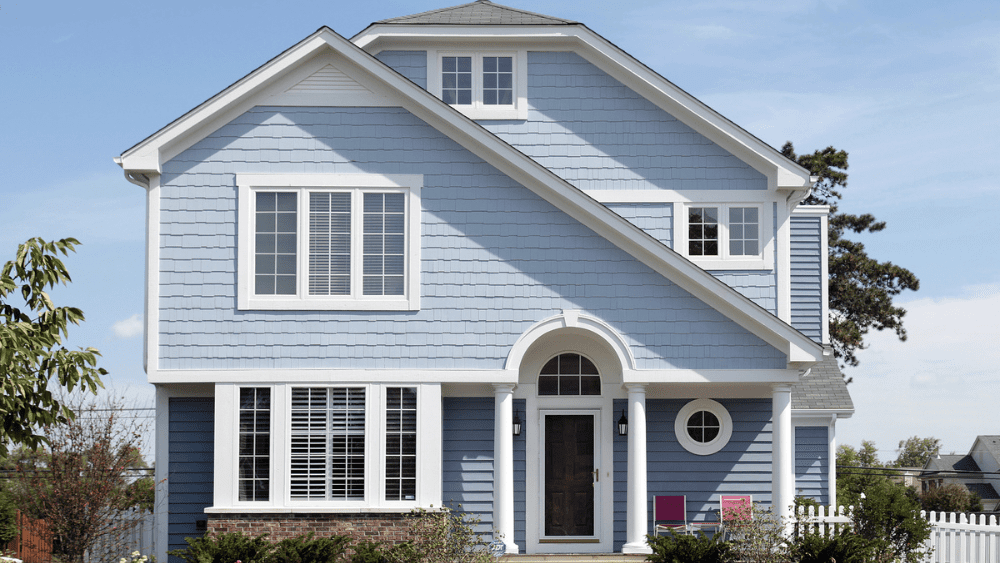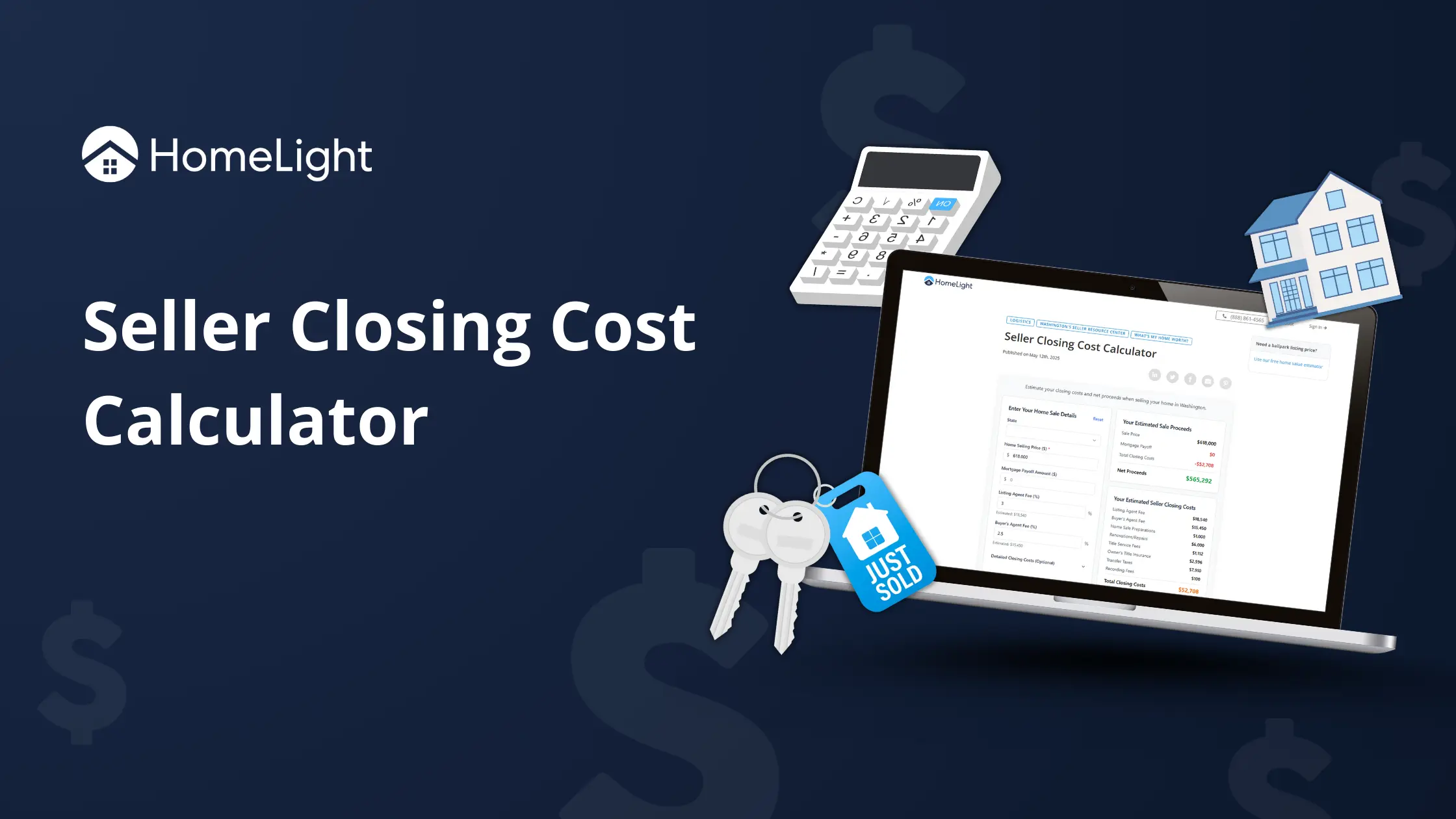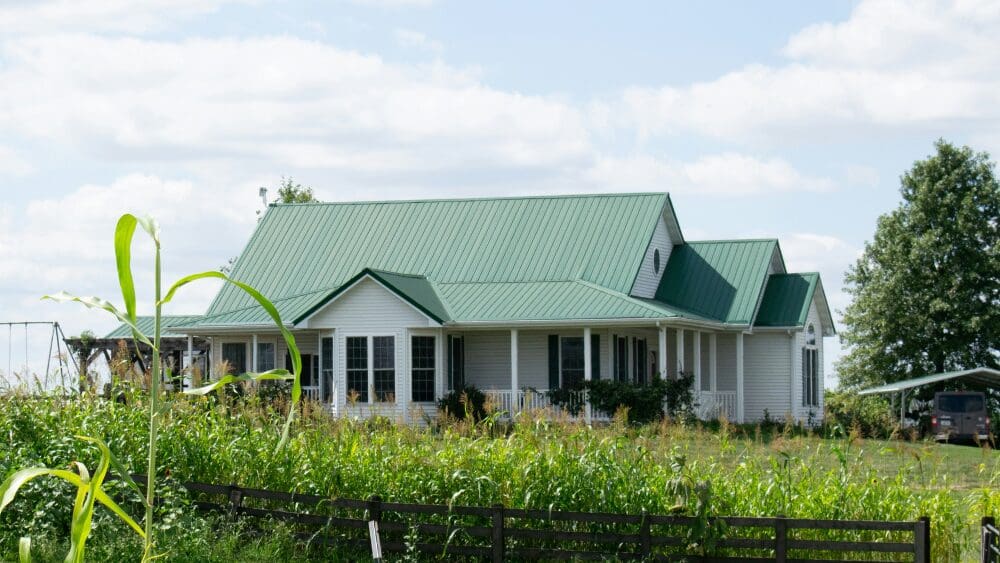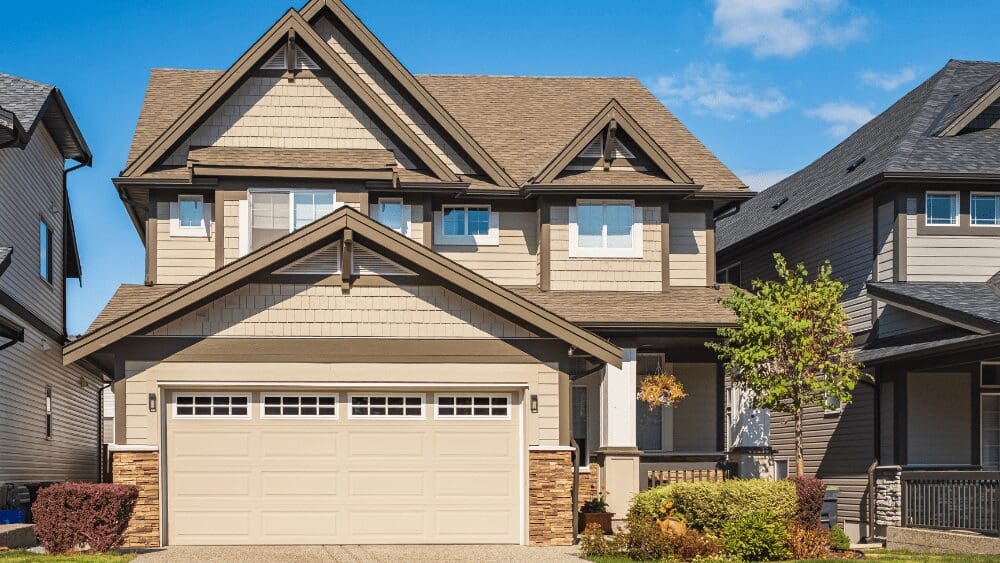
If you’re looking for a way to ease the burden of your mortgage payments or generate extra income from your home, house hacking could be the strategy for you. House hacking is all about making your home work harder for you, often by renting out some of the space, which can even include your garage, yard, or parking areas. This approach is gaining traction among inflation-hit homeowners who want to offset expenses, increase savings, or invest in future properties. Whether you’re new to the idea or exploring your options, there are multiple ways to start house hacking. House hacking has evolved. Traditionally, the phrase was most often associated with buying a multifamily property, living in one unit, and renting out the others. This allows the live-in owner to generate passive income and build equity. However, in the face of inflation, high interest rates, and increasing home prices, many homeowners have taken house hacking to new levels by finding creative ways to apply this live-in-and-rent strategy to single-family homes. The concept can be applied in various ways, from renting out extra rooms to building separate living spaces like an accessory dwelling unit (ADU). Money can also be generated from a garage, barn, yard, or parking space. Essentially, you’re using your home as both your residence and a source of income, which can help offset mortgage payments or fund future investments. Whether you’re buying a home with house hacking in mind or adjusting your current living situation, it’s a flexible approach that can make homeownership more affordable. The primary motivation behind house hacking is to reduce housing costs. By generating rental income from their property, homeowners can lower or even eliminate their monthly mortgage payments. This additional cash flow can also be directed toward savings, home improvements, or paying off other debts. For some, house hacking is also a way to begin investing in real estate. Renting out part of your home allows you to ease into property management and build equity, often with less financial risk than purchasing a separate rental property. It’s a way to dip your toes into real estate investing while benefiting from the space you already have. Let’s look at nine house hacking strategies you might apply to your home. This could be called the original house hack. A multifamily home is a residential property with multiple housing units, such as apartments, duplexes, or townhomes. Each unit typically has its own entrance, kitchen, bathroom, and utility meters. In a house hacking scenario, the owner lives in one unit and rents out the others. This strategy works well because it offers a balance between having privacy and generating rental income. Benefits • You can collect multiple rent payments, increasing income potential. • Separate units provide a degree of privacy compared to other house hacking strategies. Drawbacks • Higher upfront costs to purchase a multi-family property. • More responsibility for maintenance and tenant management. This strategy involves renting out a portion of your single-family home, such as a finished basement, attic, or even spare bedrooms. It’s a flexible way to generate rental income while sharing your living space with tenants. Benefits • Lower upfront cost since you’re utilizing your existing home. • Simple and quick to get started if you already own the home. Drawbacks • Less privacy, as you’ll share living spaces with tenants. • You may need to make modifications to make the rental space more livable. An ADU is a smaller, secondary home built on the same lot as a single-family house. These are sometimes referred to as a mother-in-law suite or a granny flat. An ADU can be a detached structure, an addition to an existing home, or a converted space like a garage or basement. Many homeowners use ADUs for rental income while maintaining their primary living space. Benefits • You maintain privacy while earning rental income from a separate unit. • Adds long-term value to your property, boosting resale potential. Drawbacks • Requires significant upfront investment to build or convert the space. • Local zoning laws may restrict or complicate the process of building an ADU. A finished room over the garage, often referred to as a FROG, can be an ideal space to rent out. This conversion typically turns unused space into a livable, rentable unit, providing a way to generate income without impacting your main living areas. Benefits • Allows you to generate income from underutilized space. • Provides tenants with a more private, separate living area. Drawbacks • Upfront renovation costs can be high depending on the existing structure. • You may need to install additional amenities like a bathroom or kitchenette.What is house hacking?
Why are homeowners house hacking?
1. Purchase a multi-family home
2. Rent out part of your single-family home
3. Build an accessory dwelling unit (ADU)
4. Build a finished room over garage (FROG)



